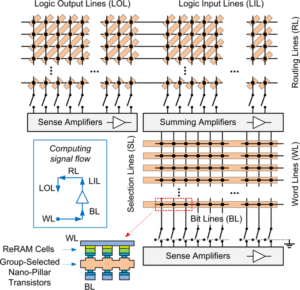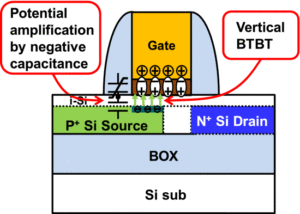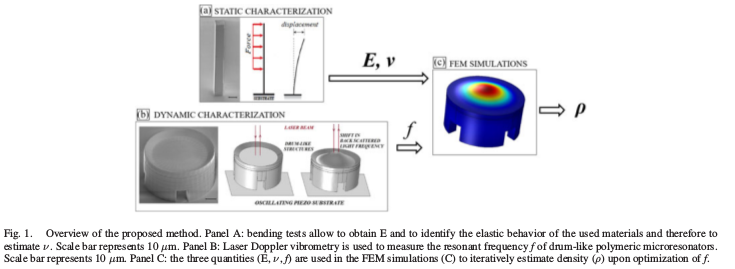Thematic Issue: Letters: Micro/Nano Robotics
IEEE Transaction on Nanotechnology (TNANO) Letters Sections seeks original research manuscripts for a Thematic Issue on Micro/Nano Robotics
Background and Scope
Micro/nano robotics have played important roles in high precise manufacturing, in-situ characterization, biomedicine, and other emerging fields. It offers new opportunities for study at the
small scale, and has been regarded as an essential technology for both fundamental research in Lab and practicable applications in industry. This Thematic Issue aims to exhibit the short communications, comments or rigorous original papers describing current and expected challenges, along with potential solutions, for Micro/Nano Robotics in the journal of IEEE Transaction on Nanotechnology. Potential topics include, but are not limited to:
- Novel concepts, materials and designs for micro/nano robotics
- Novel sensing and control techiniques/theories for micro/nano robotics
- Novel applications of micro/nano robots in high precise manufacturing and industry
- Micro/nano robot-based in-situ characterization theory, systems and applications
- Micro/nano robotics in emerging biomedical applications
- Non-contact actuation for robotics at small scale
Submissions are solicited from researchers in the field for short reports of original research and perspectives and mini-reviews on emerging topics for this themed issue. Papers submitted to the “Letters” are limited to a maximum of 4 journal pages in the two-column IEEE format, which includes figures, tables, and references. Manuscripts will be subject to the same competitive and constructive peer-review criteria of TNANO with no article publishing charges. The “Letters” in TNANO serves as forum for rapid publication of high-quality articles – featuring the
topics of great current interest in all areas of nanotechnology. The expected time to first decision is about 30 days. Accepted papers are published on the web in IEEE Xplore as soon as they are submitted in final form. Web-published papers have a DOI (Digital Object Identifier), and are fully citable and downloadable.
ieee.nanorobot@gmail.com
Deadlines for Manuscript Submission extended to 15th November 2017
Guest Editors
Yajing Shen, PhD, Assitant Professor
Department of Mechanical and Biomedical Engineering
City University of Hong Kong, Hong Kong SAR
E-Mail: yajishen@cityu.edu.hk
Sylvain Martel, PhD, Professor
Department of Computer Engineering
Polytechnique Montreal, Canda
Email: sylvain.martel@polymtl.ca
Arianna Menciassi, PhD, Professor
BioRobotics Institute
Scuola Superiore Sant’Anna, Pisa, Italy
Email: arianna@sssup.it
Zhan Yang, PhD, Assoicate Professor
Robotics and Microsystems Center
Soochow University, Suzhou, China
E-mail:yangzhan@suda.edu.cn
Qing Shi, PhD, Associate Professor
Intelligent Robotics Institute, School of Mechatronical Engnieering
Beijing Institute of Technology, Beijing, China
Email: shiqing@bit.edu.cn




